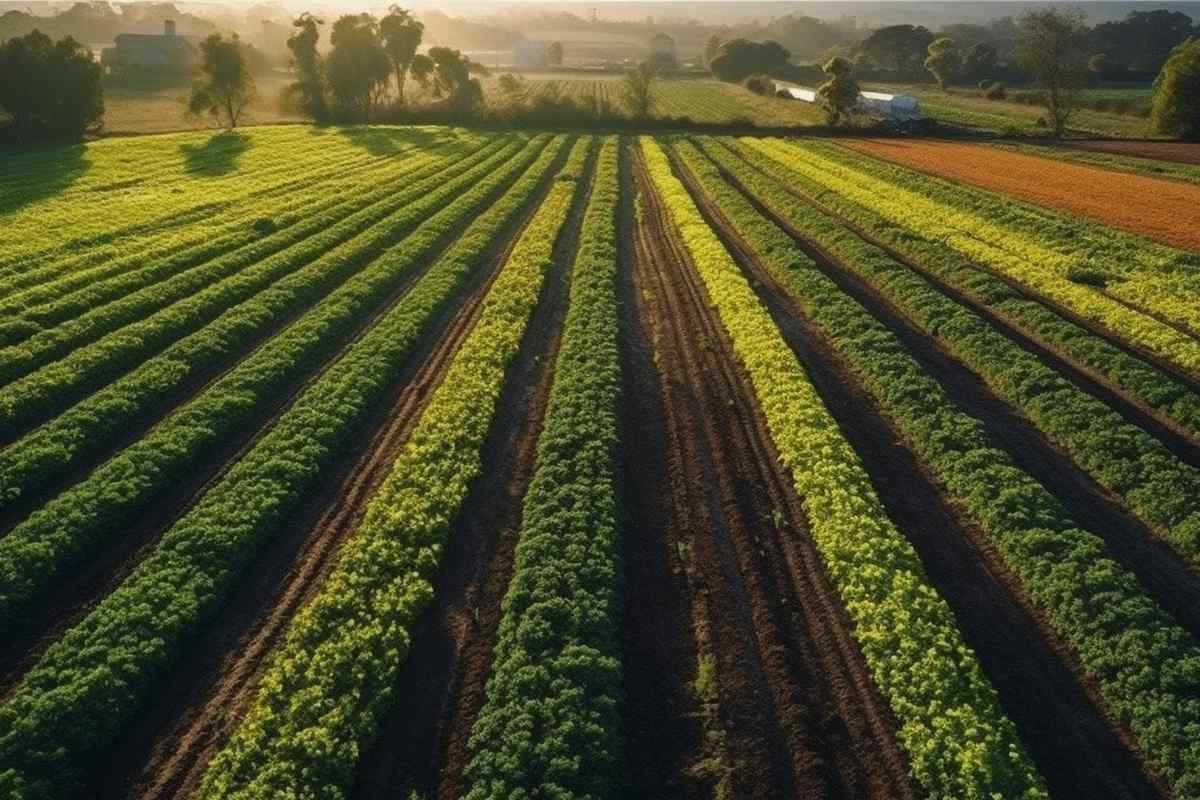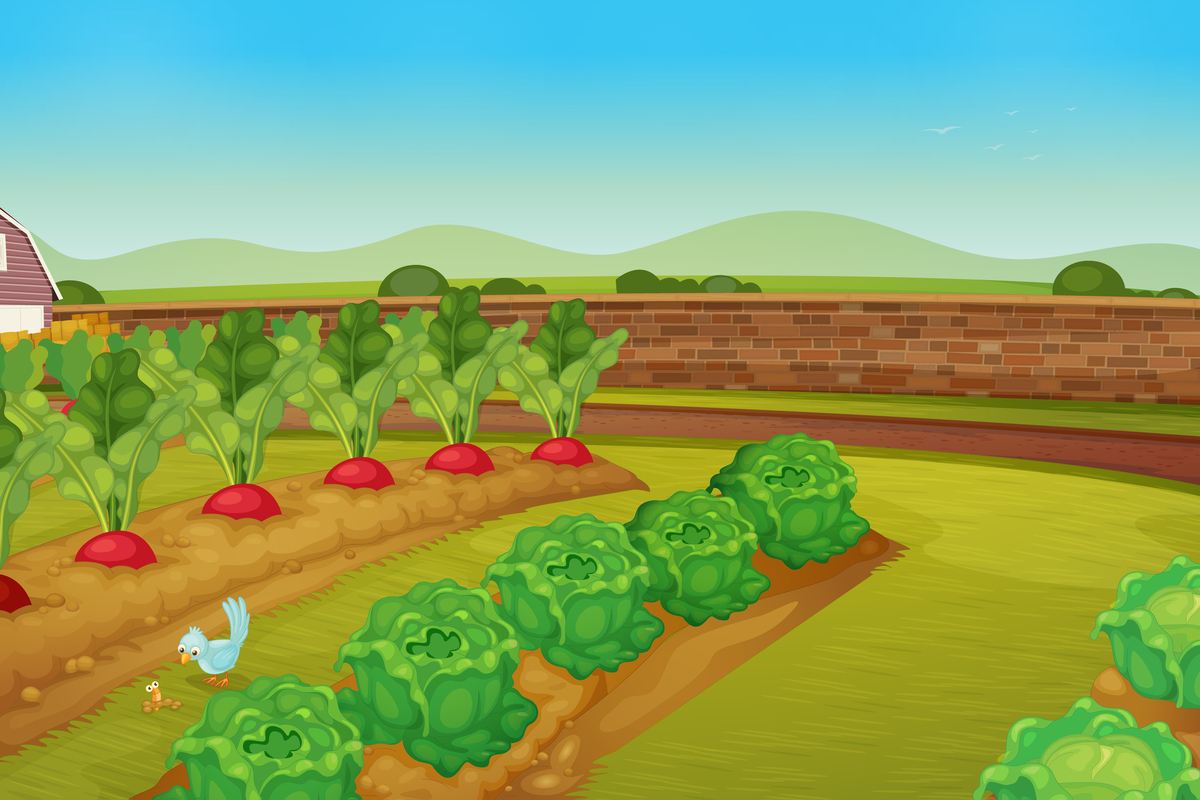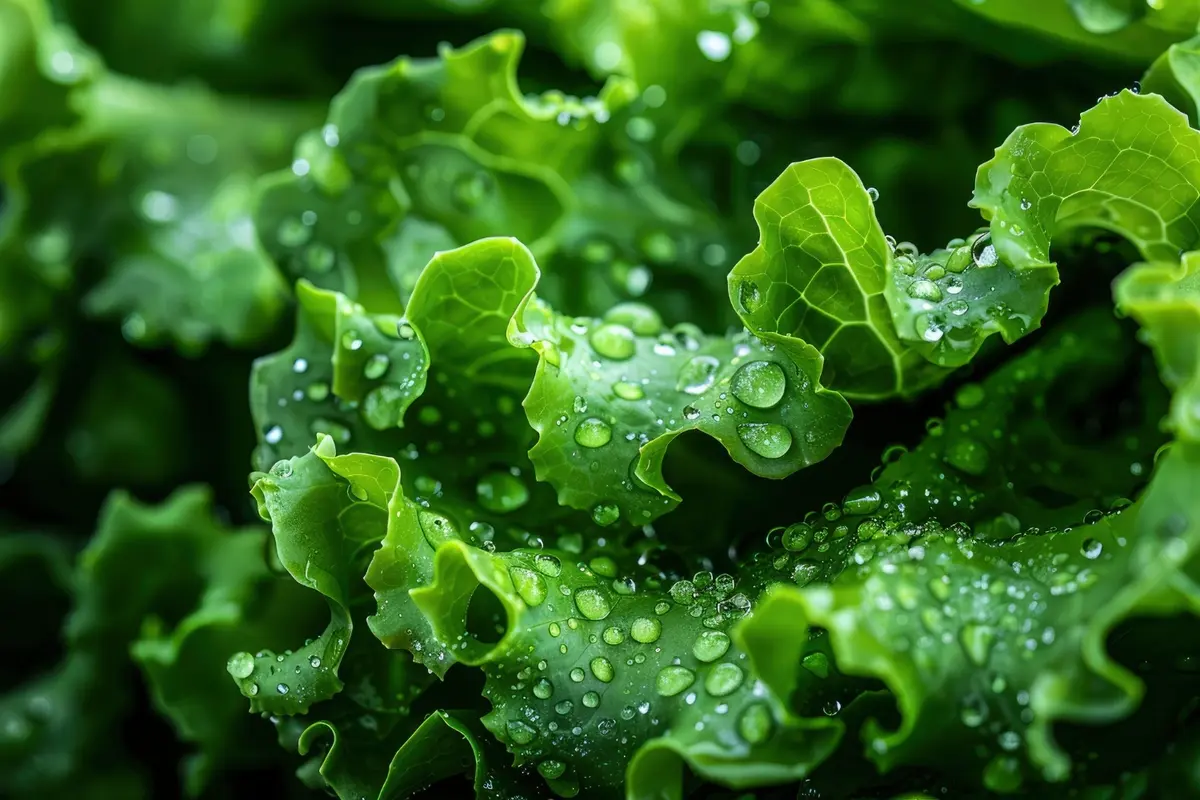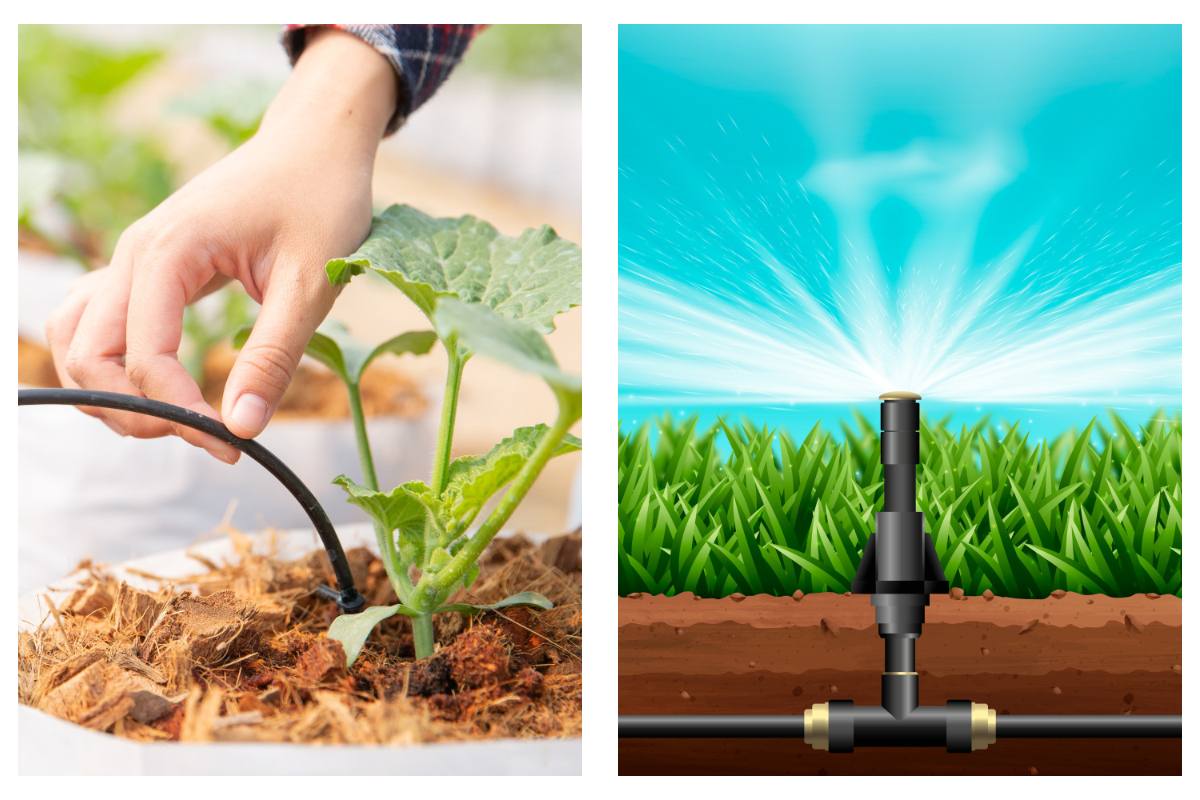Artificial intelligence (AI) is the replication of human intelligence in machines, allowing them to imitate cognitive functions like learning, problem-solving, and decision-making. AI technologies empower computers and machines to execute tasks that usually demand human intelligence, such as speech recognition, natural language processing, visual perception, and pattern recognition. AI systems analyze data, recognize patterns, and generate predictions or decisions using algorithms and models.
Artificial intelligence in the agricultural sector is a revolutionary method that utilizes cutting-edge technologies to improve the effectiveness, output, and sustainability of farming practices. By harnessing AI algorithms, extensive data from diverse sources like satellite imagery, sensors, drones, and farm machinery is analyzed to offer valuable insights and decision-making assistance to farmers.
In precision agriculture, AI-powered tools facilitate accurate crop monitoring, yield prediction, and resource management, empowering farmers to optimize the usage of water, fertilizers, and pesticides while reducing wastage. By utilizing machine learning algorithms, patterns in crop diseases, pest infestations, and weed growth can be identified, enabling early detection and targeted interventions to minimize crop losses and maximize yields.
Artificial intelligence has the potential to bring about a significant transformation in the field of agriculture. However, it is crucial to acknowledge the possible drawbacks that come along with it. To ensure a responsible and sustainable integration that benefits farmers, consumers, and the environment, it is imperative to thoroughly evaluate both the advantages and disadvantages of artificial intelligence in agriculture. This article will delve into a detailed discussion of the pros and cons of utilizing artificial intelligence in the agricultural sector.
Table of Contents
Advantages of Artificial Intelligence in Agriculture

1. Precision Farming
AI facilitates precision farming methods through the collection and analysis of data from a range of sources including satellites, drones, sensors, and agricultural machinery. This data-centric approach empowers farmers to make well-informed choices regarding irrigation, fertilization, pest management, and other operational strategies, ultimately enhancing resource efficiency and reducing wastage.
2. Crop Monitoring and Management
AI-driven technologies have the capability to continuously track the health and development of crops through remote sensing tools like satellite images and drones. Through the examination of this information, agricultural workers can pinpoint regions experiencing stress, disease epidemics, lack of nutrients, and other concerns at an early stage, enabling prompt action and precise management strategies to enhance crop productivity.
3. Predictive Analytics
AI algorithms have the ability to examine both past and current data in order to forecast crop yields, weather conditions, pest and disease outbreaks, market trends, and various other elements that impact agricultural output. This predictive capacity empowers farmers to foresee potential risks, prepare for unforeseen circumstances, and formulate informed decisions to enhance profitability and sustainability.
4. Smart Irrigation and Water Management
AI-powered irrigation systems utilize sensors, weather predictions, and soil moisture information to enhance the efficiency of water usage and minimize water wastage. By constantly adapting irrigation schedules, dosages, and application rates according to crop requirements, soil conditions, and weather patterns, these systems effectively conserve water resources and mitigate environmental consequences.
5. Crop Protection and Pest Management
AI-driven technology has the capability to accurately detect and identify pests, diseases, and weeds through the use of image recognition and machine learning algorithms. This automation of monitoring and detection enables farmers to apply specific interventions like precision spraying or biological control techniques, ultimately reducing crop damage and decreasing the need for chemical pesticides.
6. Labor Efficiency and Automation
AI technologies optimize repetitive and labor-intensive operations such as planting, harvesting, sorting, and packing, thereby decreasing the necessity for manual labor and reducing labor costs. Robotic systems with AI capabilities can execute these tasks precisely and efficiently, enhancing productivity and allowing human workers to focus on more specialized and strategic tasks.
7. Crop Breeding and Genetic Improvement
AI accelerates crop breeding and genetic improvement programs by analyzing large genomic datasets to identify desirable traits and breeding combinations. Machine learning algorithms can predict plant phenotypes, genotype-phenotype associations, and genomic selection criteria, enabling breeders to develop new crop varieties with improved yield potential, resilience, and nutritional quality.
8. Decision Support Systems
AI-powered decision support systems offer farmers practical guidance, suggestions, and forecasts to assist them in making informed decisions regarding their daily operations. By consolidating information from various sources, including weather forecasts, soil analyses, market prices, and agronomic models, these systems aid farmers in optimizing their resources, minimizing risks, and maximizing their profits.
9. Sustainable Agriculture Practices
AI plays a crucial role in driving the progress of sustainable agriculture practices through its ability to optimize resource utilization, minimize input waste, reduce environmental impact, and enhance productivity and resilience. By advocating for more efficient and eco-friendly farming techniques, AI actively tackles pressing global issues like climate change, food security, and the depletion of natural resources.
Disadvantages of Artificial Intelligence in Agriculture

1. High Initial Costs
Implementing AI technologies in agriculture often requires a substantial initial investment in hardware, software, and infrastructure. This financial obstacle may pose challenges for small-scale farmers and resource-limited agricultural systems, thereby restricting their ability to utilize AI tools and advancements.
2. Complexity and Technical Expertise
AI systems are intricate and demand specific technical proficiency for their development, deployment, and upkeep. Farmers might not possess the essential skills and knowledge to efficiently employ AI technologies, leading to obstacles in adopting and implementing them.
3. Data Privacy and Security Concerns
AI in agriculture depends on extensive data gathered from sensors, drones, satellites, and various other sources. The privacy and security of this data, along with the possibility of misuse or unauthorized access, raise concerns. Farmers may be hesitant to share sensitive information about their operations with third-party AI providers or government agencies.
4. Algorithm Bias and Accuracy
AI algorithms utilized in the field of agriculture have the potential to display biases or inaccuracies, which can consequently hinder the effectiveness of decision-making and overall outcomes. These biases may arise from imbalanced training datasets, ultimately causing disparities in recommendations or predictions across various regions, crops, or farming methods.
5. Dependency on Connectivity and Infrastructure
Numerous AI applications in agriculture depend on a fast internet connection, which might be deficient in rural locations or developing nations. The scarce availability of dependable internet infrastructure can impede the implementation and efficiency of AI technologies in remote farming regions.
6. Risk of Over-reliance on Technology
Relying too much on AI in farming could make farmers less proactive and hands-on, which might hinder their ability to think critically and solve problems on their own. Moreover, glitches or breakdowns in AI systems could cause major disruptions in farm work and output.
7. Job Displacement and Socioeconomic Impacts
The extensive integration of AI technologies in agriculture could revolutionize conventional farming methods and rural economies. The automation of activities like planting, harvesting, and pest control might result in job loss and financial uncertainty within farming communities, especially impacting agricultural workers and small-scale farmers.
8. Environmental Concerns
AI has the potential to enhance resource utilization and minimize environmental consequences. However, it is crucial to acknowledge the apprehensions surrounding its adverse impacts on ecosystems and biodiversity. One such concern is that the widespread adoption of AI-powered precision agriculture might result in an amplified dependence on chemical inputs, leading to soil degradation and the depletion of wildlife habitats.
9. Long-Term Sustainability
The long-term success of AI in agriculture hinges on considerations like energy usage, waste production, and environmental effects over time. It is crucial to prioritize environmental responsibility, social fairness, and economic feasibility in the development and implementation of AI technologies to ensure their sustainability and effectiveness in the future.
Conclusion
In conclusion, the incorporation of artificial intelligence (AI) into agriculture presents numerous benefits, such as increased efficiency, better decision-making, and improved sustainability. AI-driven innovations have the capacity to transform farming methods, optimize resource utilization, and tackle critical issues like food security and climate change. However, it is crucial to acknowledge and tackle the drawbacks and obstacles associated with AI, such as high initial expenses, privacy concerns, biases in algorithms, and potential job displacement. Through a thorough evaluation of the advantages and disadvantages of AI in agriculture and the implementation of suitable policies, regulations, and safeguards, stakeholders can harness the revolutionary potential of AI while mitigating risks and ensuring responsible and sustainable adoption. Ultimately, a well-rounded strategy that maximizes the advantages of AI while addressing its limitations is vital for unlocking the full potential of technology in shaping the future of agriculture.








